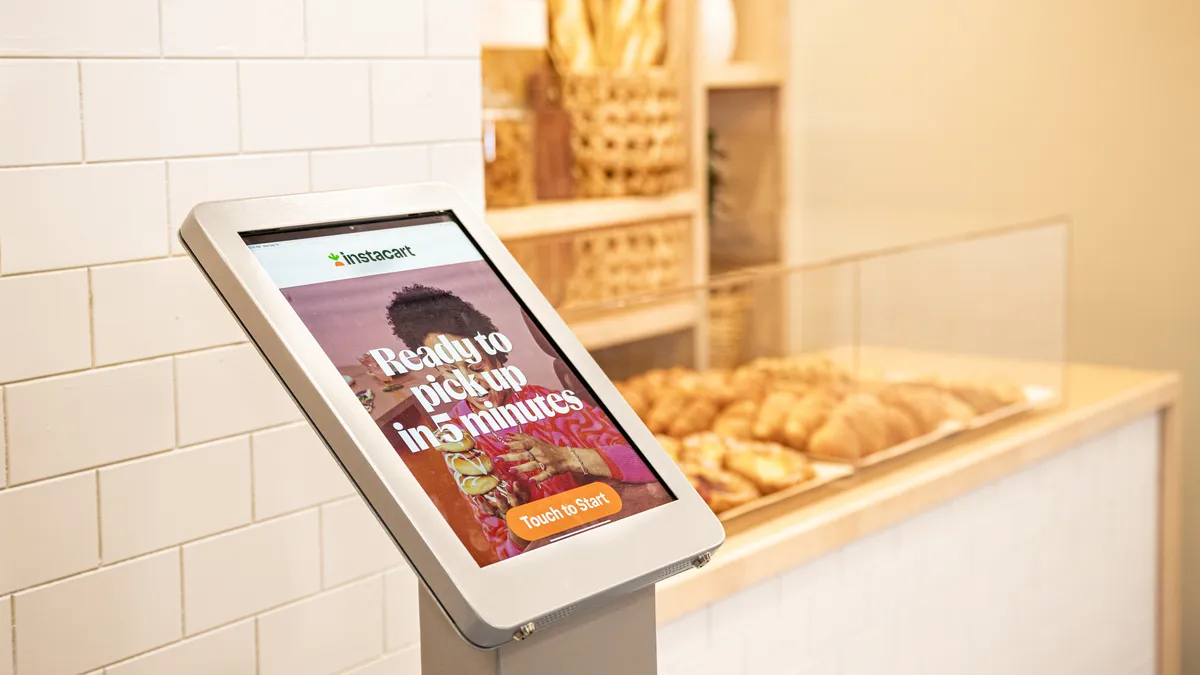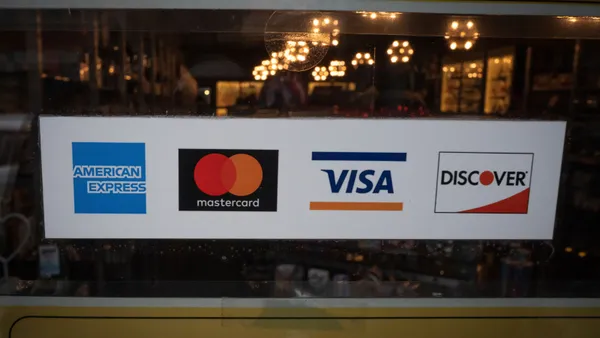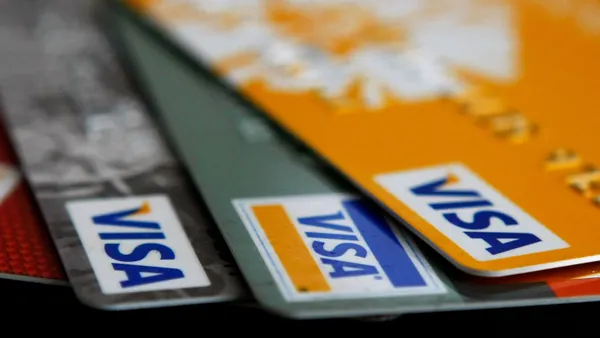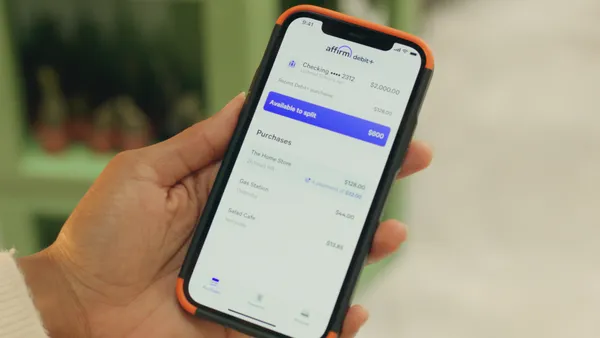Dive Brief:
- Instacart announced on Monday a suite of connected technologies, including scan-and-go checkout and electronic shelf labels, that extends the e-commerce company’s digital footprint into in-store shopping.
- The firm’s “Connected Stores” bundle of new and existing technologies also includes an updated Caper smart cart and digital list-making tools for consumers. For retailers, the rollout includes an out-of-stock alerts system as well as a refined order-ahead program for service departments. A Bristol Farms store in Irvine, California, will be the first to include the new services later this year.
- With this announcement, Instacart is continuing to not only expand its services for retailers but to also connect them in ways that reflect evolving shopper demand and new operational realities.
Dive Insight:
As e-commerce growth has slowed and shoppers head back to stores, Instacart is now following them with a suite of connected tools that aim to improve the shopping experience and create operational efficiencies for retailers.
The company made its intentions to expand into in-store shopping clear last year when it acquired Caper and catering software firm Foodstorm. With this latest rollout, Instacart is connecting these and other tools it has developed in order to digitize key parts of the in-person shopping journey.
“Increasingly we're seeing that as more consumers are shopping for groceries online, they want the things they love about the online experience — the convenience, the personalization — in the store as well,” said David McIntosh, Instacart’s vice president of platform growth and technology.
The Connected Stores rollout includes the following six services, which are modular and can be incorporated by retailers separately or bundled together:
- A third-generation version of the Caper Cart that’s lighter and holds 65% more volume than its predecessor.
- Scan & Pay, a mobile checkout program.
- A list-building tool that shoppers can use for online or in-store shopping.
- Electronic shelf tags, known as Carrot Tags, that include product information and QR codes shoppers can scan to learn more.
- Department Orders, an enhanced service department ordering program utilizing FoodStorm technology.
- Out of Stock Insights, which offers retailers a real-time look at stock level data in their stores.
Frictionless checkout and a more efficient shopping journey are core focuses under the new services. Shoppers can build a grocery list using Instacart’s list-making tool inside its app, then load that into a Caper Cart by scanning a QR code at the store. As they shop, items get checked off their list and added to the running total.
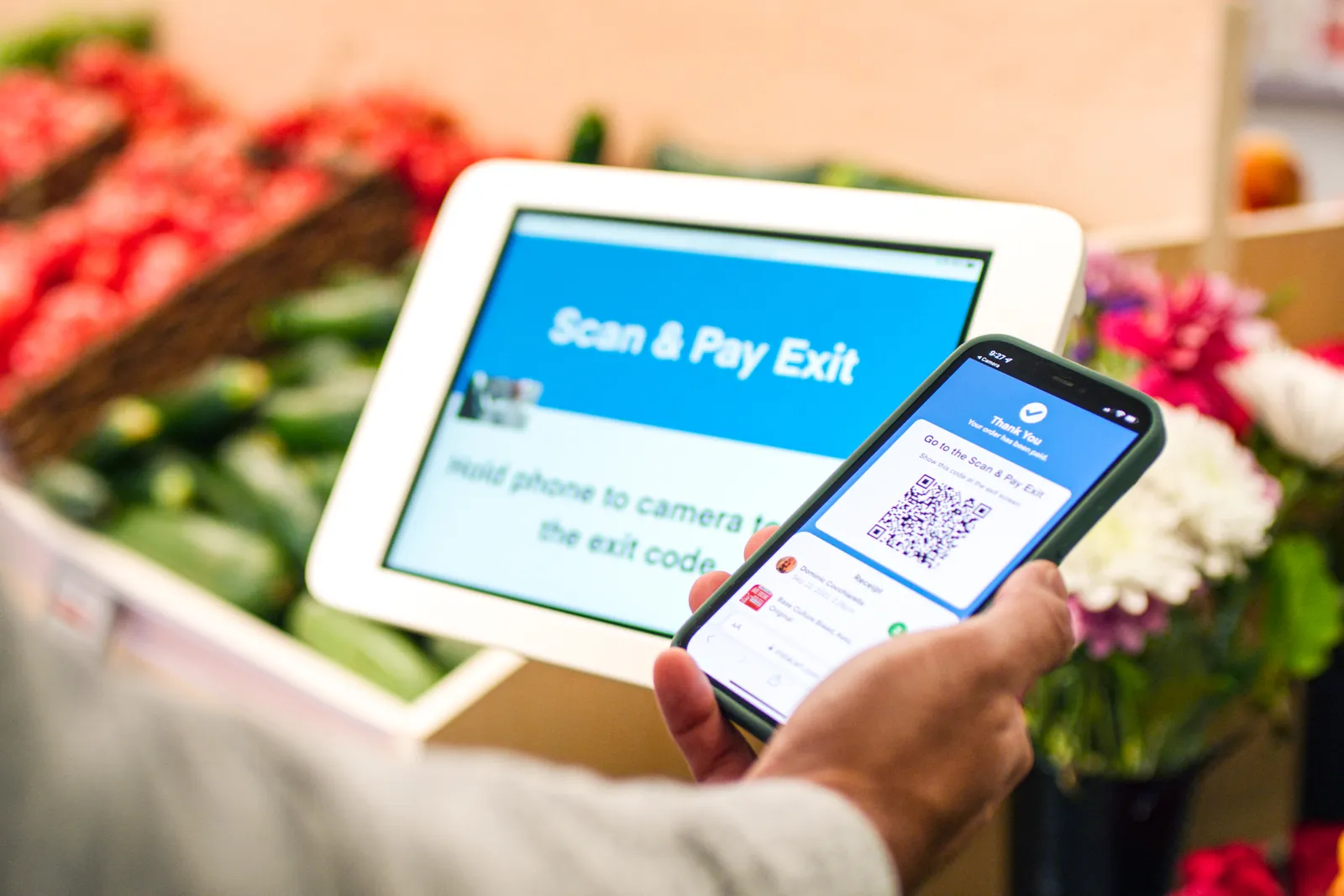
The Caper Cart can direct shoppers to the products they’re looking for and then automatically recognizes items as they’re placed inside. Scan & Pay, meanwhile, operates like most other app-based scanning programs, with shoppers able to scan items with their smartphone and then confirm their order at a digital kiosk before they exit. McIntosh said store associates will be able to track consumers’ scan times, journey throughout the store and loyalty status, among other factors, which can help determine which baskets to check. The digital kiosk will tell shoppers if they’ve been flagged for an audit.
“We've got a lot of signals that we're looking at to figure out if your order is suspicious or if it's entirely good to go,” he said.
Each of these tools can operate through Instacart’s app and website as well as through the white-label apps and sites the company sets up for retailers, McIntosh said.
These shopping tools also sync with Instacart’s online platform, providing a connection between physical and e-commerce buying as consumers increasingly use both channels. Shoppers can save the list of items they buy through Scan & Pay and use it again for in-store or online orders. And they can press a “buy again” feature on the Caper Cart and shop for items they’ve purchased in the past via Instacart.
Instacart’s electronic shelf labels provide information like health attributes and whether a product is SNAP eligible. Shoppers can scan a QR code and get recipes that incorporate each product. A small white light on the tags can flash when users select the product in the app — a pick-to-light functionality aimed at helping them locate items.
With its acquisition of FoodStorm last year, Instacart took over a company that digitized catering and prepared food orders, and also offered in-store ordering kiosks. Now, Instacart said it’s offering an improved order management system that allows different departments to collaborate better and unify multiple orders so they’re ready at the same time.
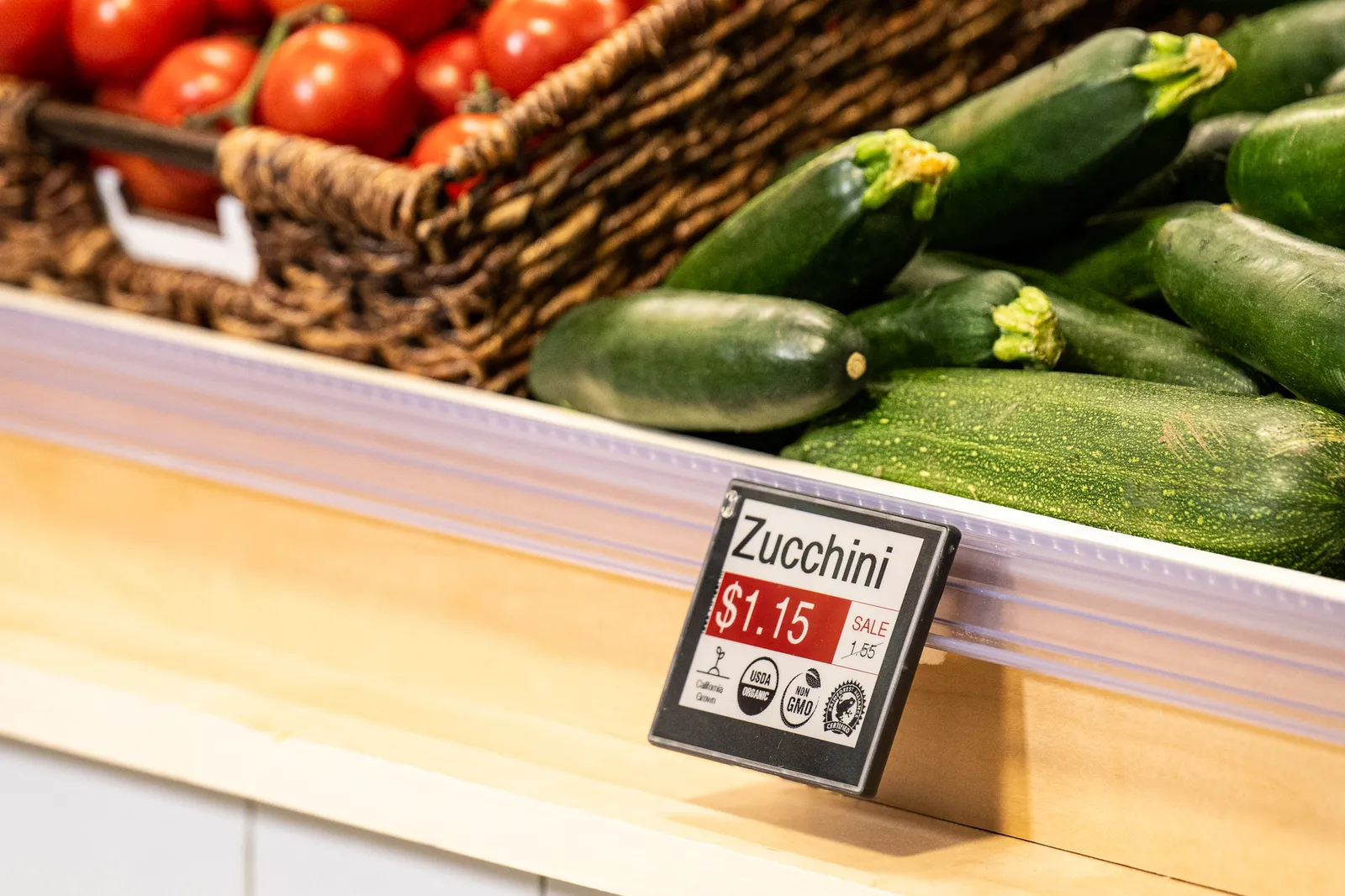
Lastly, Instacart’s addition of real-time product stock data sharing builds on a tool the company has provided to retailers as well as its gig shoppers. Previously, Instacart shared stock-level data with retailers and its gig shoppers on a daily basis.
Will retailers see the value in Connected Stores? None of the tools Instacart is offering with this latest update are unique in the industry. After years of operating as by far the largest e-commerce provider for grocers, the tech firm is now moving into service verticals like scan-and-pay, digital ads, warehouses and smart carts that are filled with sophisticated competitors.
Instacart’s advantage is that it’s tied in with hundreds of retailers — even if those relationships have been strained of late. It’s moving beyond e-commerce, and it’s pitching itself as an all-in-one service provider that can not only offer these various digital enhancements but also connect them in ways that appeal to shoppers as well as retailers’ bottom lines.


